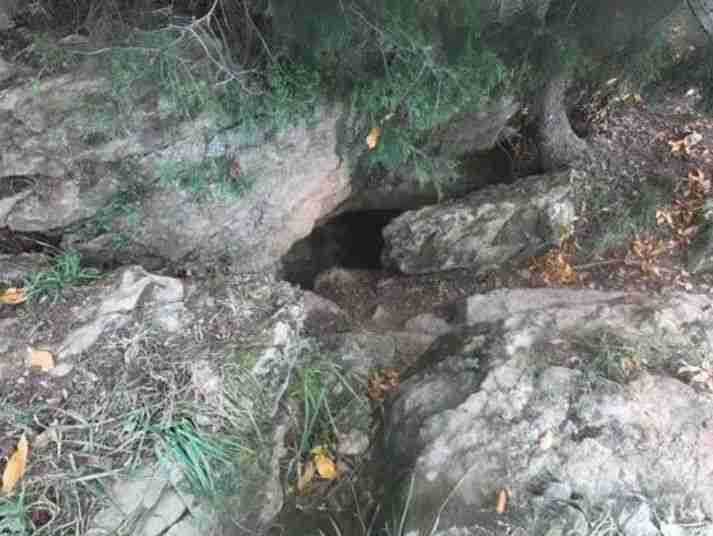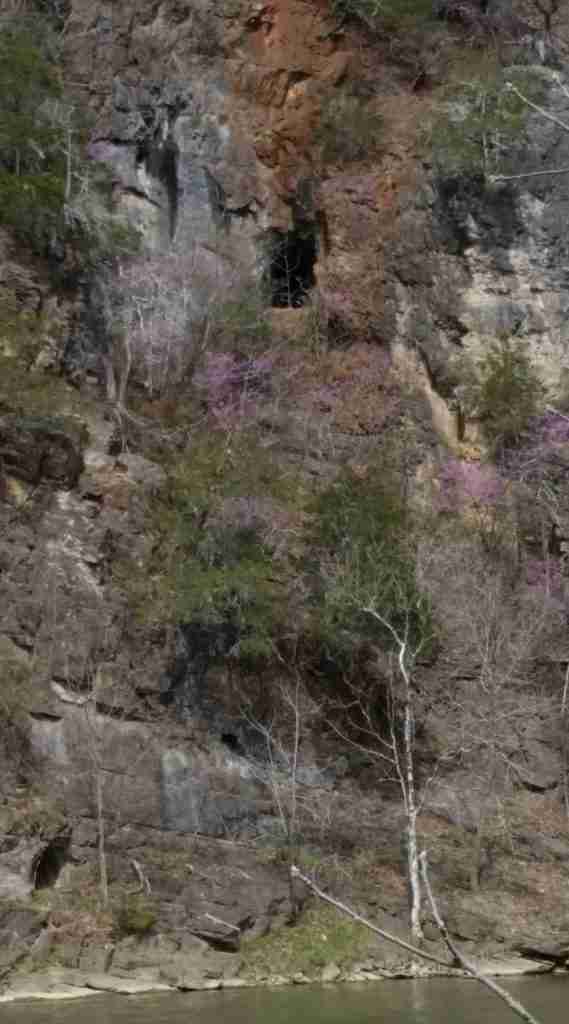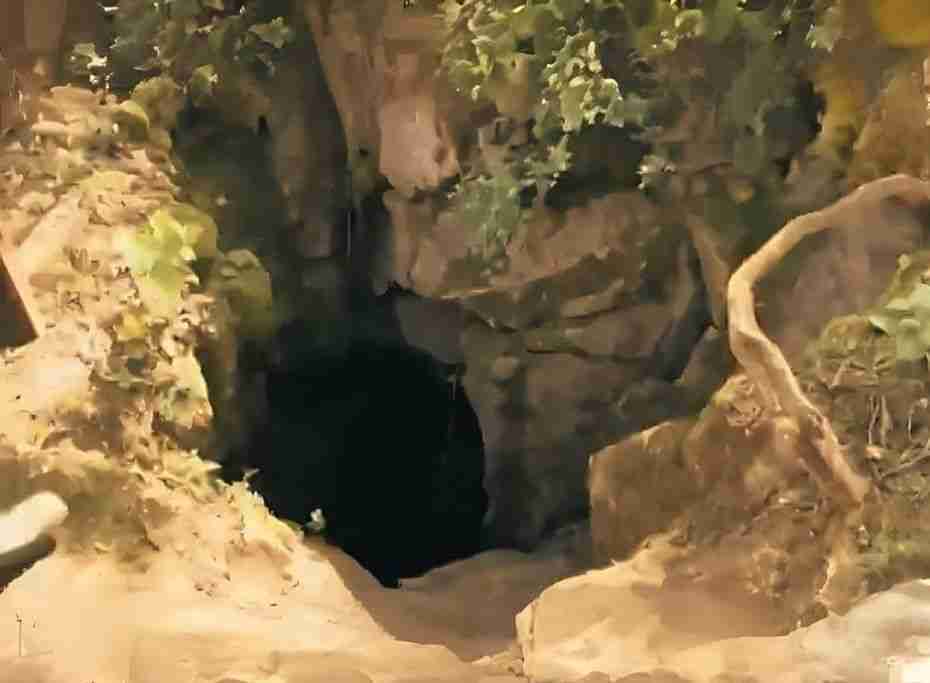Whispers in the Dark: The Wild Caves of the Blue Ridge

Driving up Groundhog Mountain from Mt. Airy, NC, to Meadows of Dan, VA, I pulled over on Squirrel Spur Road to pause and admire the view. Near the top of a close rise, I spotted a dark hole among the trees: a cave. Wild caves—that is, commercially undeveloped ones—are everywhere in the Blue Ridge. I made a mental note to return to check this one out. Over the years, I’ve shuffled, climbed, and crawled through more than a few wild caves. Not by myself, mind you, but with friends. And never without telling someone precisely where I was going. Caves can be dangerous places.
Standing at the entrance of a wild cave, you can’t help but feel the pull of the unknown. The air is cool, the kind that raises goosebumps on your skin. Not from the temperature, mind you, but from the sheer weight of stories hidden in the darkness ahead. These caves aren’t just cracks in the earth—they’re doorways to another world, filled with the whispers of those who’ve come before.
Wild caves aren’t tourist meccas. Armchair explorers looking for “something cool to see” might be disappointed. Caves are dark and damp. Cell phone service is nonexistent. You might have to tramp through the woods to get there. When the weather is warm, there will be bugs.
But for those who seek a connection to nature or whose spirit reaches out to connect with whispers of the past, the Blue Ridge’s wild caves can be satisfying.

From Ancient Rituals to Modern Exploration
Long before European settlers, these caves were well-known to the Native Americans. To the Cherokee, these weren’t just caves—they were sacred spaces. Places where the spirit world brushed up against our own. Imagine that for a second: stepping into a wild cave, not just to explore, but to connect with something ancient, something powerful.
Fast forward a few centuries, and those caves started seeing new faces. Wary of the dense forests and unfamiliar terrain, European settlers found the caves unsettling but useful. They were places to hide during conflicts, whether skirmishes with Native tribes, during the Civil War, or on the run from the law.
And here’s the thing: that allure hasn’t faded. Today, folks are still drawn to these caves, though the reasons have changed. Modern adventurers, with their lamps and gear, aren’t just looking for a place to explore—they’re looking for a connection. A connection to the past, to the stories these caves have held onto for so long.
These explorers aren’t just thrill-seekers—they’re storytellers in their own right, uncovering the tales that have been buried for generations. As they navigate the winding passages and crawl through narrow tunnels, they follow in the footsteps of those who came before, piecing together the stories of the people who used these caves for shelter, rituals, or simply as a place to escape.
But it’s not just about the exploration. For many, there’s a more profound connection—a sense that by entering these caves, they’re tapping into something ancient that ties them to the land and the people who lived here long ago. The caves become a bridge between the past and the present, where history comes alive in the flickering light of a headlamp.

The Unfinished Story: Venturing into the Wild Caves of the Blue Ridge
The wild caves of the Blue Ridge are more than just holes in the ground—they’re gateways to another world, one filled with history, mystery, and the echoes of those who came before. They remind us that even in our modern, fast-paced world, there are still places where the past lives on, where the stories of our ancestors can still be heard if we’re willing to listen.
So next time you find yourself in the Blue Ridge, take a moment to think about the caves hidden beneath your feet. Think about the people who’ve found refuge there, the stories told, and the mysteries that remain. And if you’re feeling adventurous, maybe even venture into one yourself—who knows what you might find? The caves are waiting, and their stories are far from over.


Comments are closed.